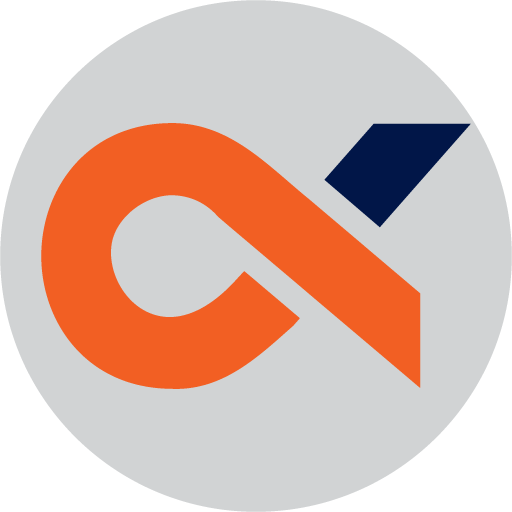Optimizing Performance with Page Speed Insights
In today’s digital landscape, where user experience reigns supreme, Page Speed Insights emerges as a critical determinant of website success. Understanding and optimizing the loading speed of web pages plays a pivotal role in ensuring user satisfaction, search engine visibility, and overall website performance.
At ActiveWebSEO, we comprehend the significance of Page Speed Insights in crafting compelling online experiences. This tool, offered by Google, comprehensively analyses a website’s loading performance across various devices. It evaluates crucial metrics, such as First Contentful Paint (FCP), Largest Contentful Paint (LCP), and Cumulative Layout Shift (CLS), offering insights into a website’s speed and interactivity.
Furthermore, Page Speed Insights doesn’t merely highlight speed issues; it also suggests specific optimizations to enhance a website’s performance. Leveraging these recommendations, webmasters can address issues affecting loading times, thereby improving user experiences and search engine rankings.
Decoding Metrics with Page Speed Insights
Page Speed Insights act as a compass guiding webmasters through the intricacies of website loading performance metrics. This tool deciphers key metrics, shedding light on various aspects impacting a website’s speed and overall performance.
Metrics like Time to First Byte (TTFB), Total Blocking Time (TBT), and Time to Interactive (TTI) offer nuanced insights into a website’s loading speed and responsiveness. Understanding these metrics aids webmasters in identifying bottlenecks and addressing issues that hinder a site’s performance.
Additionally, the Core Web Vitals report within Page Speed Insights focuses on essential user-centric metrics like loading performance, interactivity, and visual stability. Analyzing these vitals allows webmasters to optimize their websites for a seamless and engaging user experience.

Leveraging GTmetrix for Enhanced Page Speed Analysis
In tandem with Page Speed Insights, GTmetrix serves as a robust platform for in-depth analysis of a website’s loading performance. This tool scrutinizes various facets impacting page speed, offering comprehensive insights into performance scores, page details, and recommendations for optimization.
GTmetrix delves into elements such as page load time, total page size, and the number of requests made, providing a holistic view of a website’s loading speed. By dissecting these metrics, webmasters gain a deeper understanding of performance bottlenecks and areas requiring optimization.
Moreover, GTmetrix generates performance reports that include actionable recommendations for enhancing page speed. Leveraging these recommendations, webmasters can fine-tune elements such as image optimization, script minification, and server response time to boost a website’s loading performance.
Conducting a Website Speed Test for Optimal Performance
A website speed test is a pivotal step in assessing a website’s loading performance and identifying areas for enhancement. ActiveWebSEO employs various tools and methodologies to conduct comprehensive speed tests, ensuring that websites are optimized for optimal performance.
By conducting a website speed test, webmasters gain insights into loading times, file sizes, and resource loading sequences. This data aids in pinpointing elements that impede a website’s speed, such as large image sizes, excessive scripts, or inefficient server responses.
Moreover, a website speed test assists in benchmarking a website’s performance against industry standards and competitors. It offers a comparative analysis, enabling webmasters to set realistic performance goals and implement strategies to outperform competitors in loading speed.
Strategies for Page Speed Optimization
Page Speed Optimization remains a cornerstone of an effective digital strategy, ensuring that websites offer swift and seamless experiences to users. ActiveWebSEO specializes in implementing strategies tailored for enhancing page speed and overall website performance.
Our optimization strategies encompass various elements, including image optimization, code minification, and server response optimization. Optimizing images and multimedia content reduces page sizes, while code minification streamlines CSS and JavaScript files, expediting loading times.
Furthermore, leveraging browser caching, content delivery networks (CDNs), and efficient server configurations accelerates content delivery, enhancing a website’s loading speed. These strategies aim to reduce latency and improve server response times, fostering a swift and responsive user experience.

